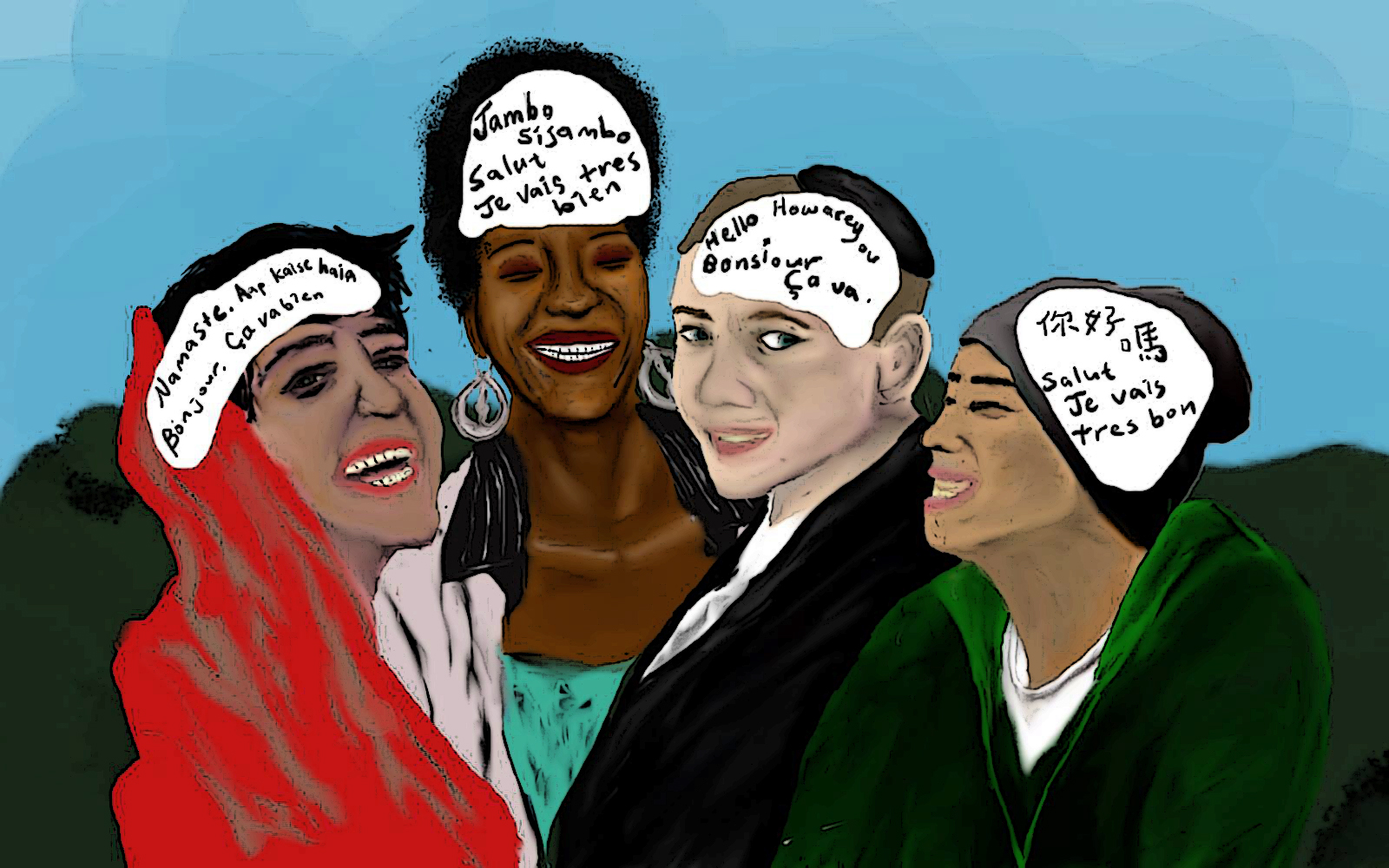We often hear that a great deal of what we are as adults is shaped by our younger selves. A new study set to appear in Developmental Science will shed some light on how learning languages might help children understand that certain personality traits come from experience instead of being innate. Krista Byers-Heinlein, assistant professor of psychology at Concordia and lead author of the study, interviewed a total of 48 monolingual, sequential bilingual (individuals who learned languages one after the other), and simultaneous bilingual (individuals who learned languages concurrently) children, and used short stories to gauge their beliefs about what is innate and what is learned.
Some in the comfort of their kindergarten and others at Byers-Heinlein’s laboratory, children were shown pictures of fictitious human families and cartoon animals. The pictures were associated with various stories. For instance, some were about children who were brought up in a family of their own heritage, and others about children brought up by parents of a different heritage – for example, an Italian child raised by parents that don’t speak Italian. There were also stories about animals, for example, a duck raised by dogs. Then, they were asked if the child would adopt the language of its adoptive parents or, in the case of the animal families, if the young duck would behave like its own kind.
The results of the study surprised Byers-Heinlein, who had hypothesized that the children would know the difference between the animals barking and quacking, and children speaking languages, the former being innate behaviour and the latter learned. It was revealed that both the monolingual and bilingual children made mistakes answering the questions. For instance, bilingual children concluded that “a duck raised by dogs would bark and run rather than quack and fly,” and monolingual children assumed that a child would keep their biological parents’ language, despite being raised by people who didn’t speak it. In the first case, the children incorrectly believed that traits were learned, and in the second, they falsely assumed that language was inherent.
The implications of these results extend far beyond the thought process of five- and six-year-olds. The beliefs of children might very well be linked to the ones they hold as they develop into adulthood, leading Byers-Heinlein to conclude that “early second language education could be used to promote the acceptance of human social and physical diversity,” which could essentially make adults more open to different beliefs. While the present study wasn’t explicitly designed to analyze adult beliefs, these results suggest that learning additional languages as adults might also have a somewhat similar effect. However, further research is required to prove this.
